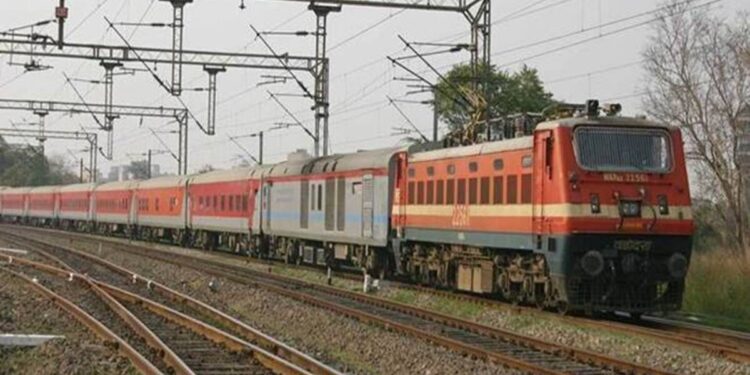 Also, IR cannot expect private operators to pick up the tab for its inefficient operations by charging unreasonable amounts for haulage.
Also, IR cannot expect private operators to pick up the tab for its inefficient operations by charging unreasonable amounts for haulage.A report in Times of India says Indian Railways (IR) has gone back to the drawing board for its PPP initiative for passenger trains. This effort, across 12 clusters, was expected to attract investments of some Rs 30,000 crore to create capacity for 60-65 million passengers annually. The first round of bidding, in July this year, had come a cropper with just two bids for three clusters; IRCTC is understood to have been the winner. The fine print of the framework was clearly too onerous for the private sector. The ToI report says potential operators are apprehensive fares offered by IR, on its premier trains, would be competitive, leaving them short of passengers. That may or may not be a justified concern but there is no denying IR is in no mood to let anyone near its monopoly. From all appearances, IR wants the private sector to take on the risks of investing in new technology—better rolling stock and higher speeds—without letting go of the controls.
The government must want to make it a good business proposition for the private operators. It must be given a free hand to fix the fares and choose the routes on which they want to operate. Much like private airlines are allotted slots on profitable trunk routes, private train operators too must be permitted to run their trains on busy routes. If IR is going to have a say in every aspect of the operations—pricing, terminating stations, schedules and frequencies—things may as well be left the way they are; there is no point pretending it is a PPP. The idea of roping in private operators is to improve the reach and quality of services, but the returns should be attractive.
Also, IR cannot expect private operators to pick up the tab for its inefficient operations by charging unreasonable amounts for haulage. The charges for using the infrastructure—tracks, signaling, electrification, stations, depots—must be reasonable, as must the annual increases. The ToI report says the proposal for an independent regular is back in the reckoning. It is not just the question of having a regulator but having a truly independent one, not one that does the bidding of IR. The performance of regulators in other sectors has left much to be desired, even where a PSU may not have been a key player.
IR’s operating ratio (OR) in FY21 improved to 97.45% from 98.36% in FY20. That was partly because operations of the highly-subsidised passenger trains were limited, due to the pandemic. Moreover, IR is also understood to have arranged with the finance ministry to defer a portion of the pension liabilities. For years, the OR has been over 100% though the electrification of major routes and better procurement practices have resulted in efficiencies and cost savings. It is not necessary the railways must be privatised.
Even though it is highly unlikely, if IR believes it can become a leaner, meaner machine, maybe that’s the best way to go. The railways in several countries across the globe are run by their governments. We must remember not too many PPPs in India have been a success. Having burnt their fingers, banks are not going to back ventures that are iffy and private operators will invest only the bare minimum capital. As of now, it looks like the hapless taxpayer is going to foot the bill for a bloated and inefficient organisation.
Get live Stock Prices from BSE, NSE, US Market and latest NAV, portfolio of Mutual Funds, Check out latest IPO News, Best Performing IPOs, calculate your tax by Income Tax Calculator, know market’s Top Gainers, Top Losers & Best Equity Funds. Like us on Facebook and follow us on Twitter.
![]() Financial Express is now on Telegram. Click here to join our channel and stay updated with the latest Biz news and updates.
Financial Express is now on Telegram. Click here to join our channel and stay updated with the latest Biz news and updates.















